Loctite Products are well known for their superior quality, rich history and ease of access.
So, if you’re looking for a threadlocker, you may come across the Loctite 222 and Loctite 222ms. These are purple-coloured threadlockers made by Loctite and function similarly with some minor differences.
So, in the debate between Loctite 222 vs. Loctite 222ms, which one should you opt for and why? Please keep reading to find out, as I’ll review their characteristics, features, and differences.
Read More: Loctite 221 Vs. 222
Loctite 222 vs. Loctite 222ms
About Loctite 222
Loctite 222 is an acrylic thread locker made by Loctite Henkel, which comes in Purple. The colour of Loctite threadlockers is a significant indicator of where and for which purpose you can use the product.
The 222 being purple-coloured means it’s a low-strength threadlocker for adjusting screws and countersunk screws. It is also safe from subsidiary contamination down the line from industrial oils like – engine oils or cutting fluids.
Loctite 222 works on all metal but is significantly superior to use on low-strength metal with a high risk of fracture when you’re disassembling them like – aluminium or brass.
Furthermore, you can safely use the 222 on multiple passive substrates, including plated surfaces or stainless steel.
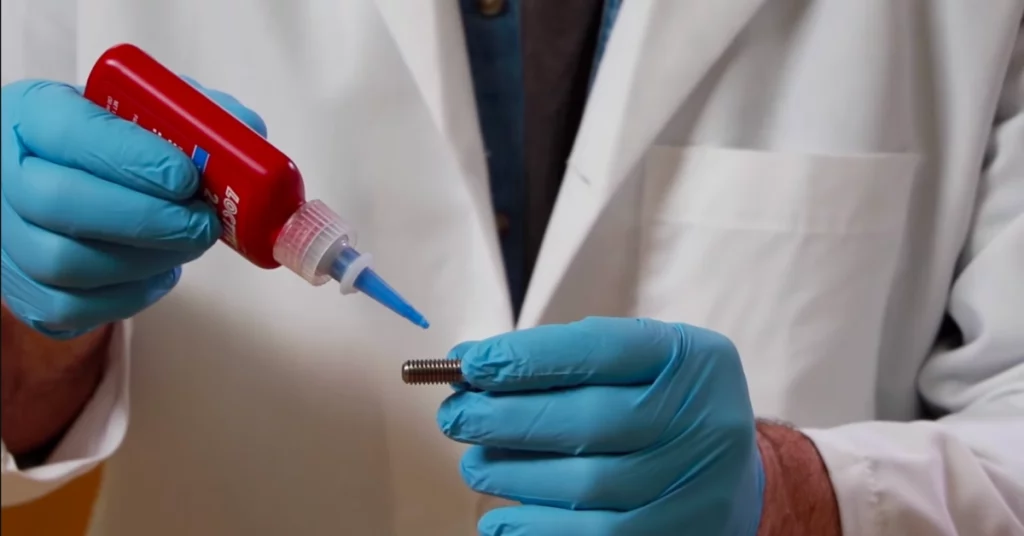
Once the 222 is set and cured correctly, it prevents the loosening of parts that go through constant motion and vibration, like – gear boxes or pumps. Loctite 222 is appropriate for small threaded screws up to a quarter inch.
The Loctite 222 is relatively easy to use, even for beginners, since it uses a one-component formula which requires no further mixing. It uses acrylic technology and cures when there’s a vacuum between metal surfaces.
The 222 cures anaerobically, and the chemical category is Dimethacrylate ester. The viscosity nature of the 222 is thixotropic, which reduces the risk of migration of the product after application.
The cure time of the 222 depends on the substrate you’ll be using it on, with the fastest cure time being for brass substrates and the longest for steel substrates. Zinc dichromate and stainless steel substrate sit between cure time for brass and steel.
Read More: Loctite 262 vs. 263 vs. 271
About Loctite 222ms
Loctite Henkel also makes the Loctite 222ms and is a threadlocker used for locking and sealing threaded fasteners and screws, which you may need to disassemble down the line.
The 222ms is similar to the 222, and the ms in its name stands for military standard. You can use the 222ms for small screws that risk falling apart to secure it more.
The 222ms is a purple threadlocker from Loctite Henkel, meaning it is a low-strength threadlocker to be used on screws and fasteners that you may need to disassemble in the future.
The 222ms is one of the best threadlockers you can get in the market since it has the NSF P1 certification and Military Spec of Mil-S-46163A Type II Grade M. Similar to the non-ms variant, you can use the 222ms safely on low-strength metals like aluminium or brass.
The 222ms works well with all metals and also with common substrates you might come across. The 222ms is ideal for smaller-sized screws, which are a quarter-inch or more minor in size; if you plan to use a threadlocker for larger screws, you should opt for alternatives.
The Loctite 222ms cures anaerobically, and the viscosity nature is thixotropic, which reduces the risk of migration of the threadlocker after applying it. The 222ms is also relatively easy to use with no extra preparation since it uses a one-component formula which you can directly use.
Read More: Loctite 515 vs. Loctite 518
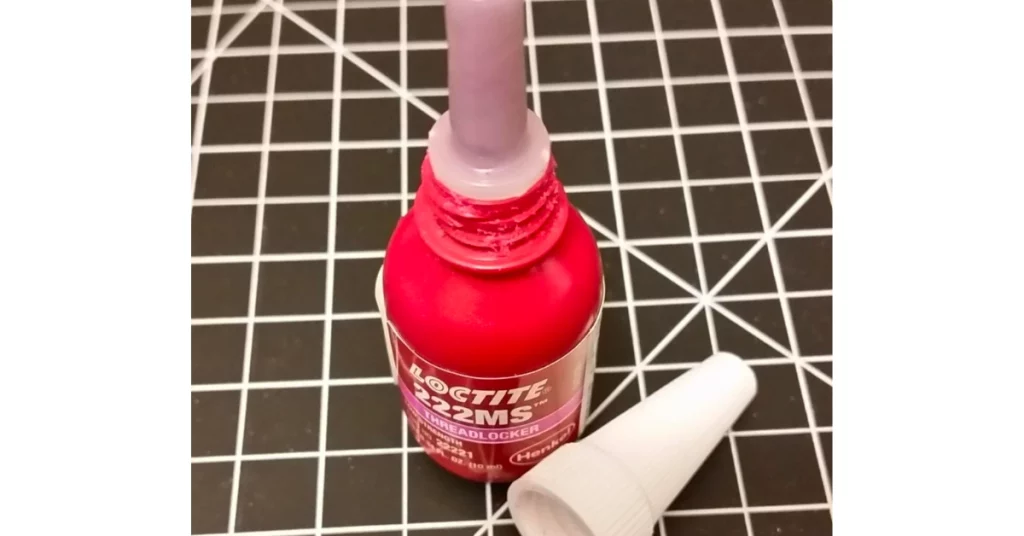
Differences Between Loctite 222 And Loctite 222ms
Now that I’ve reviewed what the 222 and 222ms offer, let’s examine their differences.
Ideal Application
You can use the 222 for thread locking or adjusting screws, countersunk head screws and set screws. Furthermore, you can also use it on gearboxes, pumps, or any components that go through constant vibration.
On the other hand, the 222ms is also excellent for thread locking or adjusting screws, countersunk head screws and set screws. Additionally, you can also use it for collars, pulleys and controllers. You can also use the 222ms for gearboxes and pumps.
Cure Time
Both the 222 and 222ms have similar cure times.
The 222 can take up to 72 hours to cure completely, depending on the substrate you’re using it on. It heals the fastest if you use it on brass substrates and takes the longest for steel substrates.
The 222ms can also take up to 72 hours for a complete cure depending on the substrate; it takes the longest for steel and the shortest for brass.
Furthermore, the bond gap also significantly impacts cure time – if your bond gap is 0.05 mm or below, the threadlockers will take a relatively short time to cure.
You can speed up the cure time using an activator like the SF 7471 or the SF 7649.
Read More: Loctite 277 vs. 271
Is Loctite 222 the same as 222MS?
Loctite 222 and Loctite 222MS are similar but not the same. Loctite 222 is a low-strength threadlocker adhesive, while Loctite 222MS is a variant that meets military standard MIL-S-46163A.
Is Loctite 222 removable?
Yes, Loctite 222 is designed to be removable. It is a low-strength threadlocker adhesive that provides a light hold, allowing for easy disassembly of the fasteners when needed.
It is intended for applications where the fasteners may need to be loosened or removed without excessive force or damage.
How strong is Loctite 222?
Loctite 222 is classified as a low-strength threadlocker adhesive. Its primary purpose is to prevent loosening and vibration in small, threaded fasteners such as screws and bolts.
However, it is not designed to provide high strength or resistance to extreme forces.
The strength of Loctite 222 is typically in the range of 100 to 200 psi (pounds per square inch) on steel fasteners.
This level of strength allows for easy disassembly of the fasteners when required, making it suitable for applications where periodic maintenance or adjustments are needed.
If you require a higher level of strength, you may want to consider using a medium-strength or high-strength threadlocker adhesive, depending on your specific application requirements.
Last Opinion
The Loctite 222 and 222ms are excellent for lock-in screws which are small in size in components that go through constant vibration.
You can pick either threadlockers in the Loctite 222 vs. Loctite 222ms debate. The Loctite 222ms is military-spec with some extra certifications but works similarly to the 222.

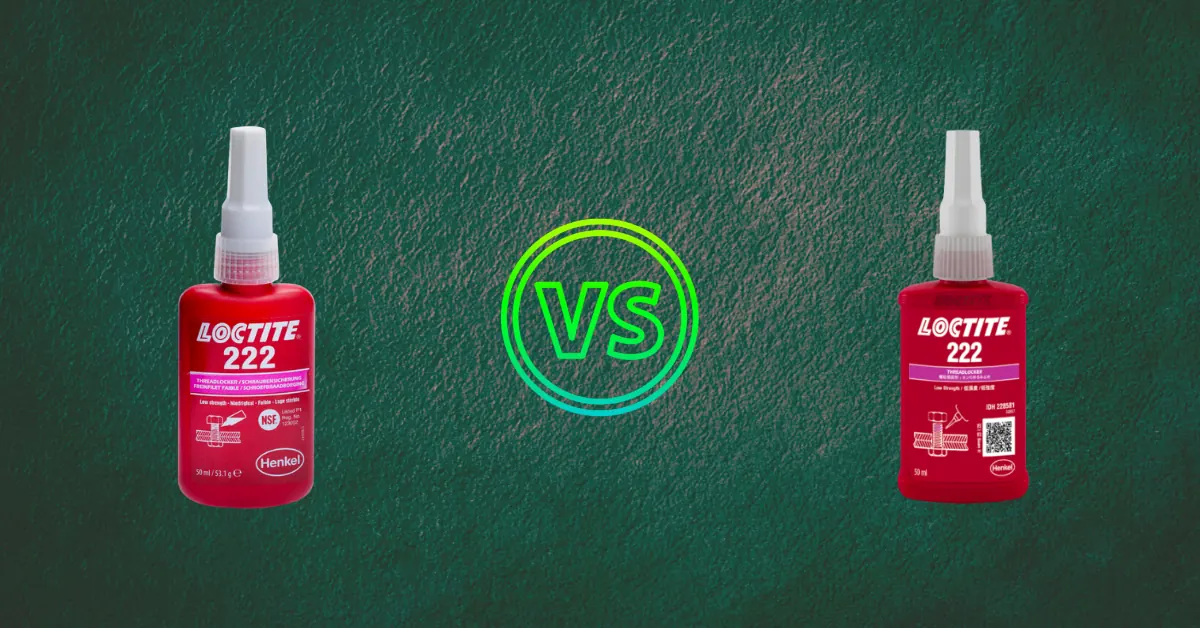


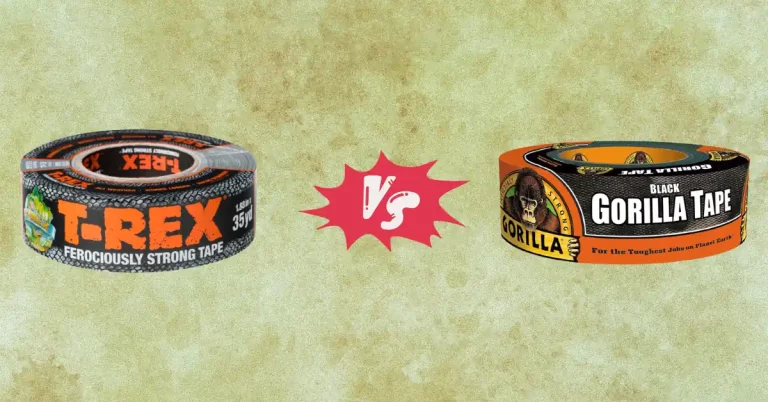
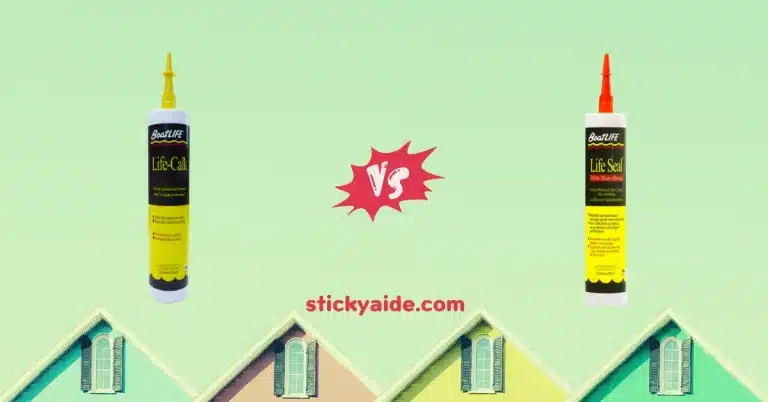
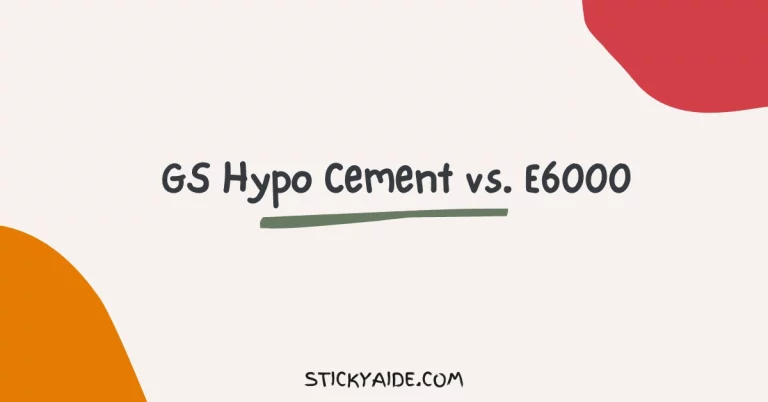
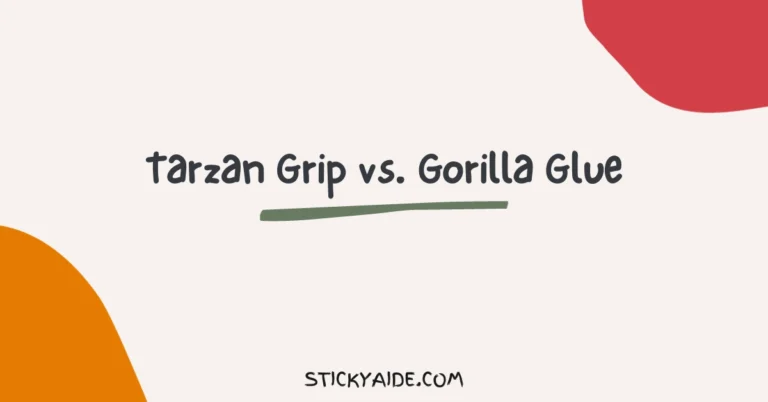
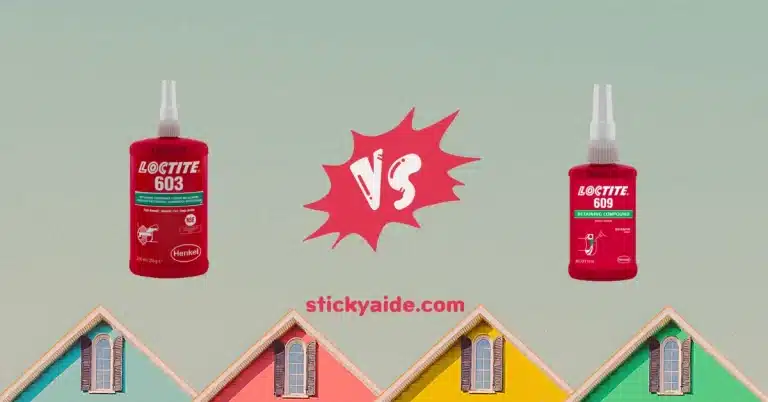
Great information and very thorough. thanks a bunch